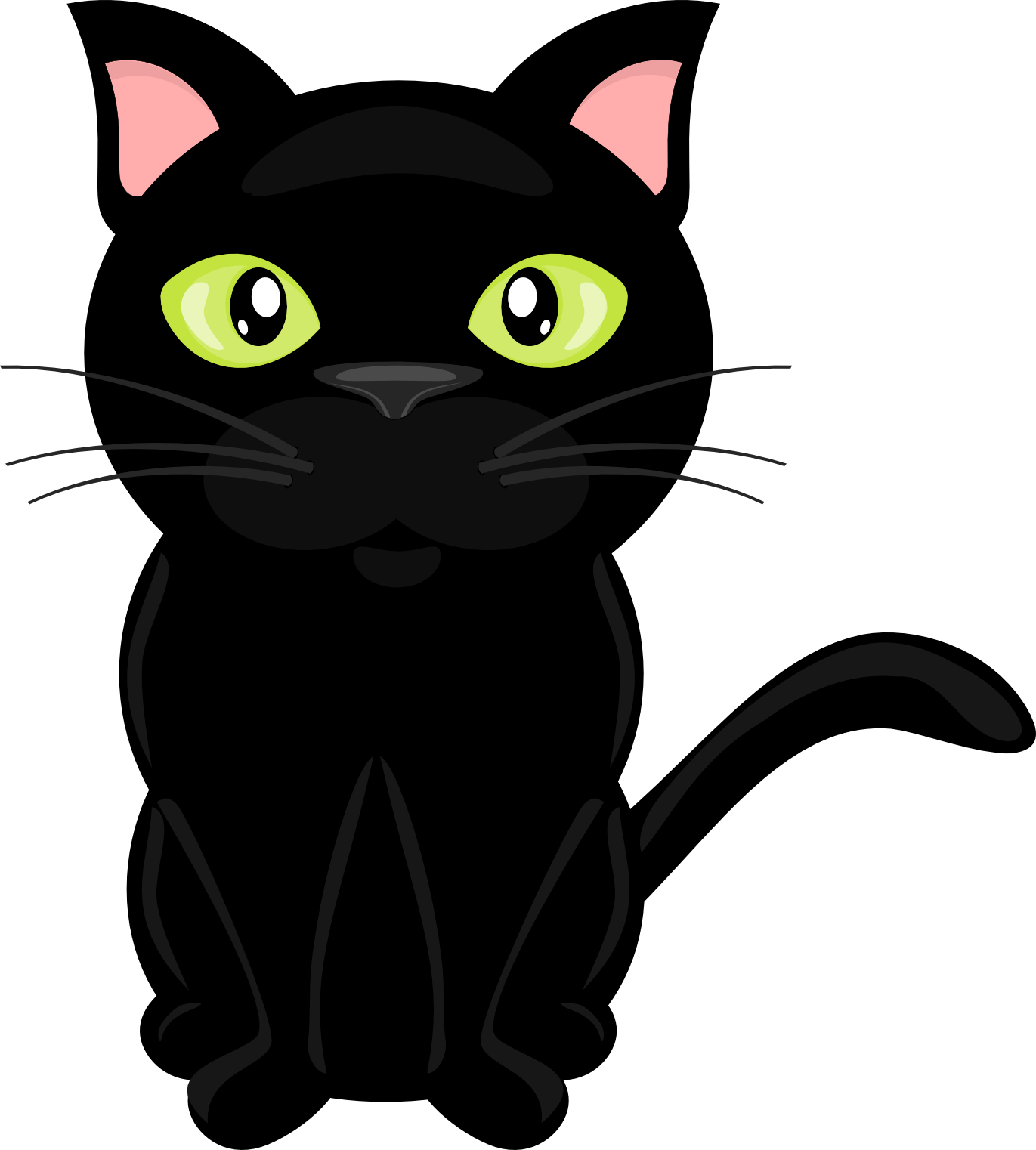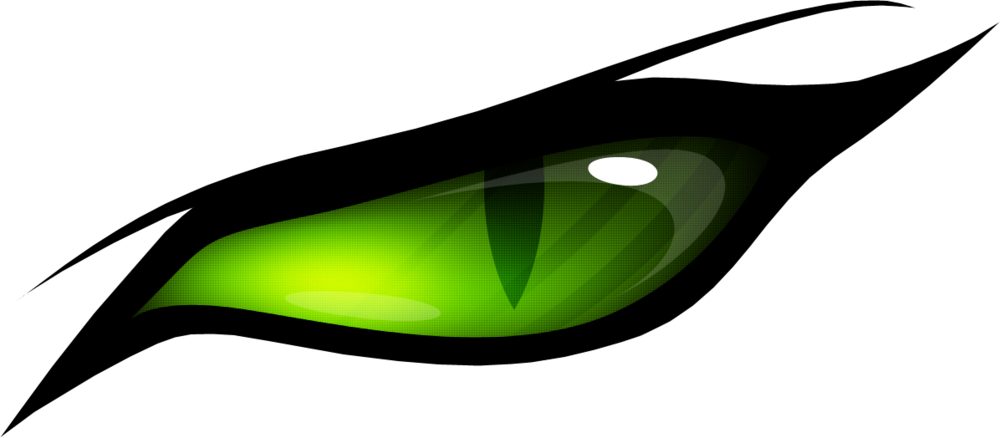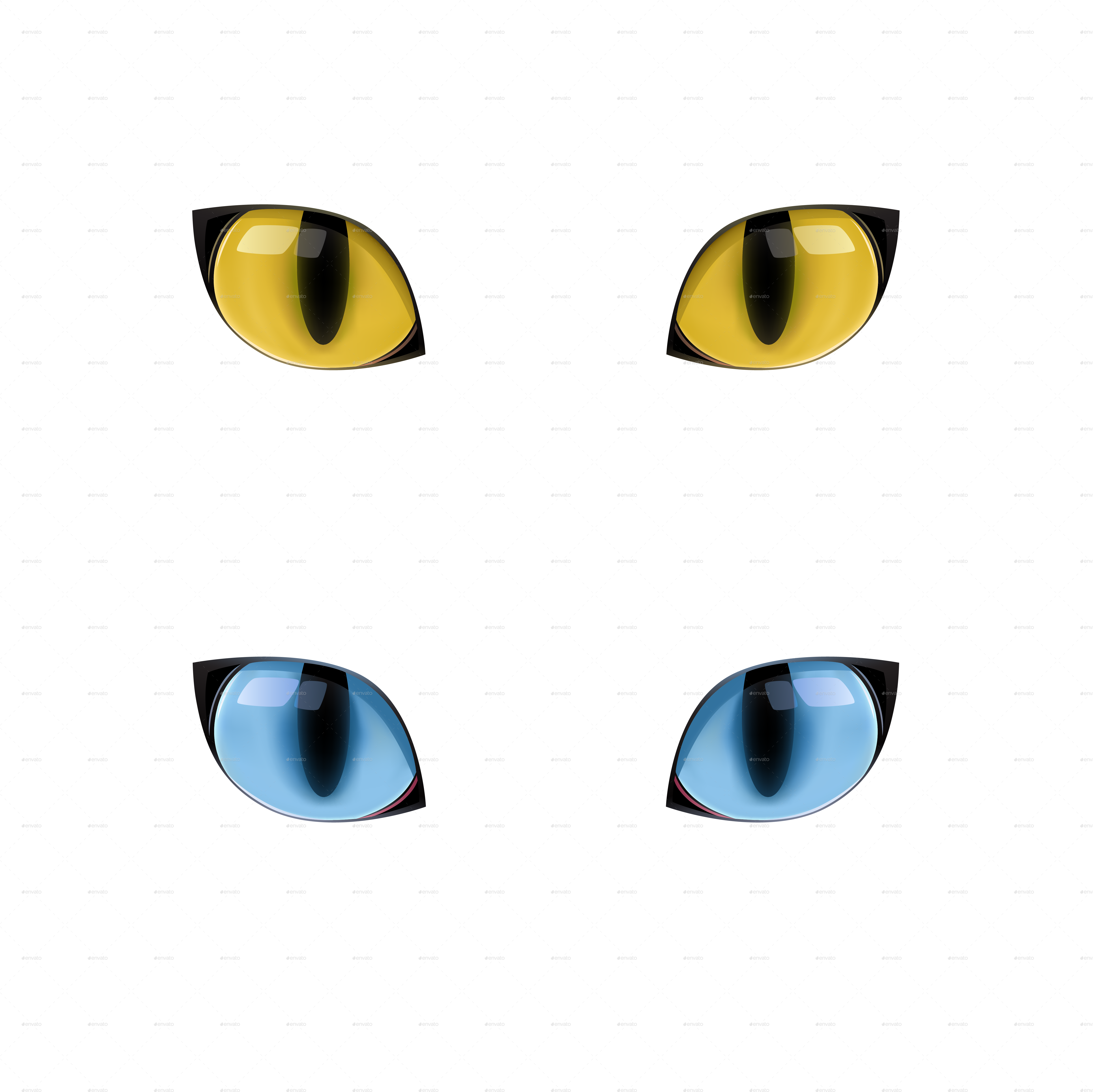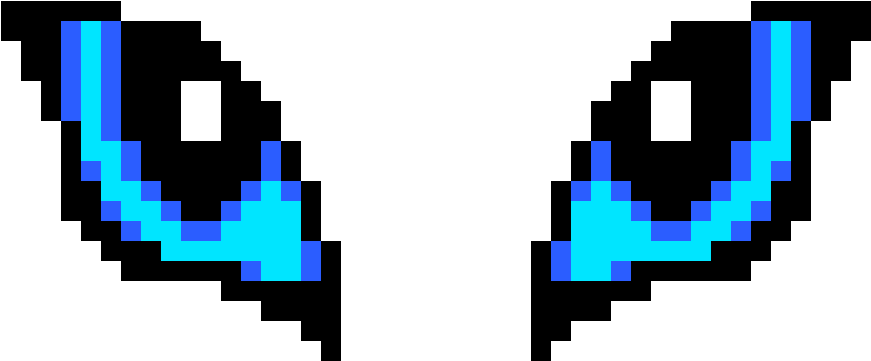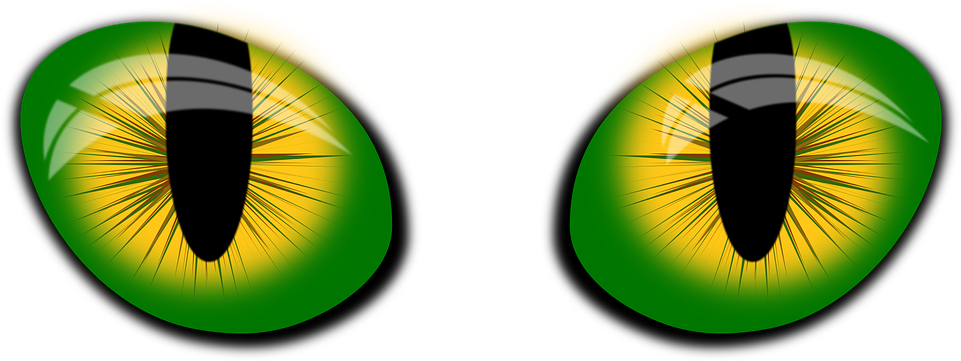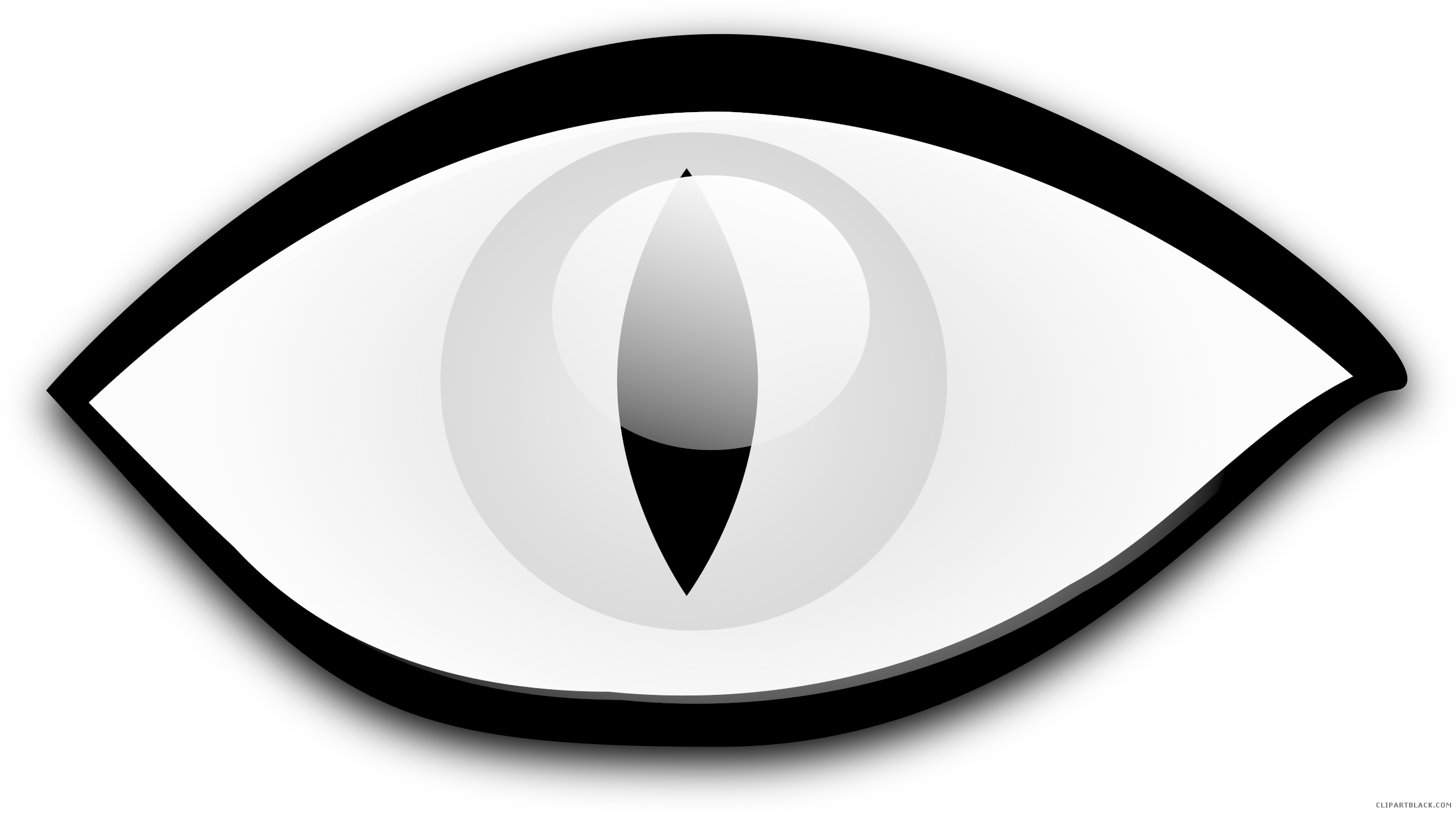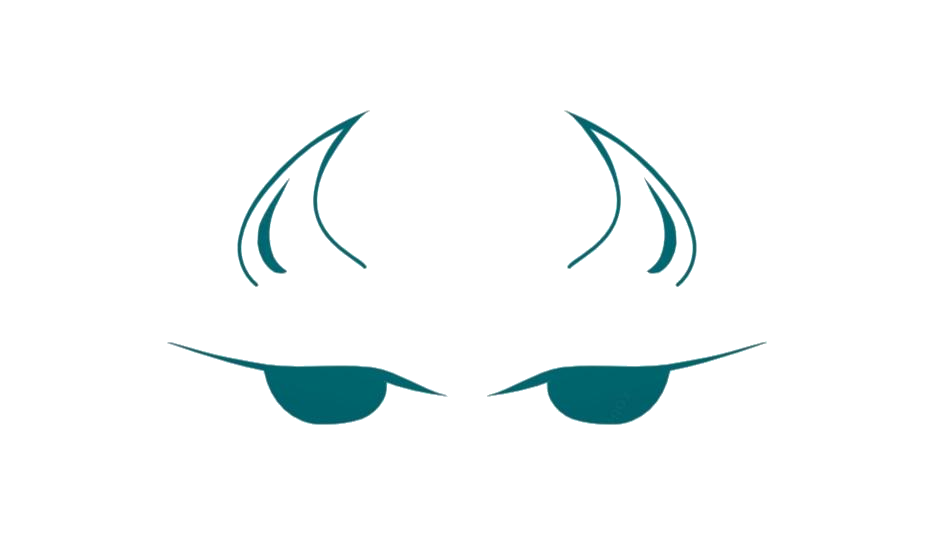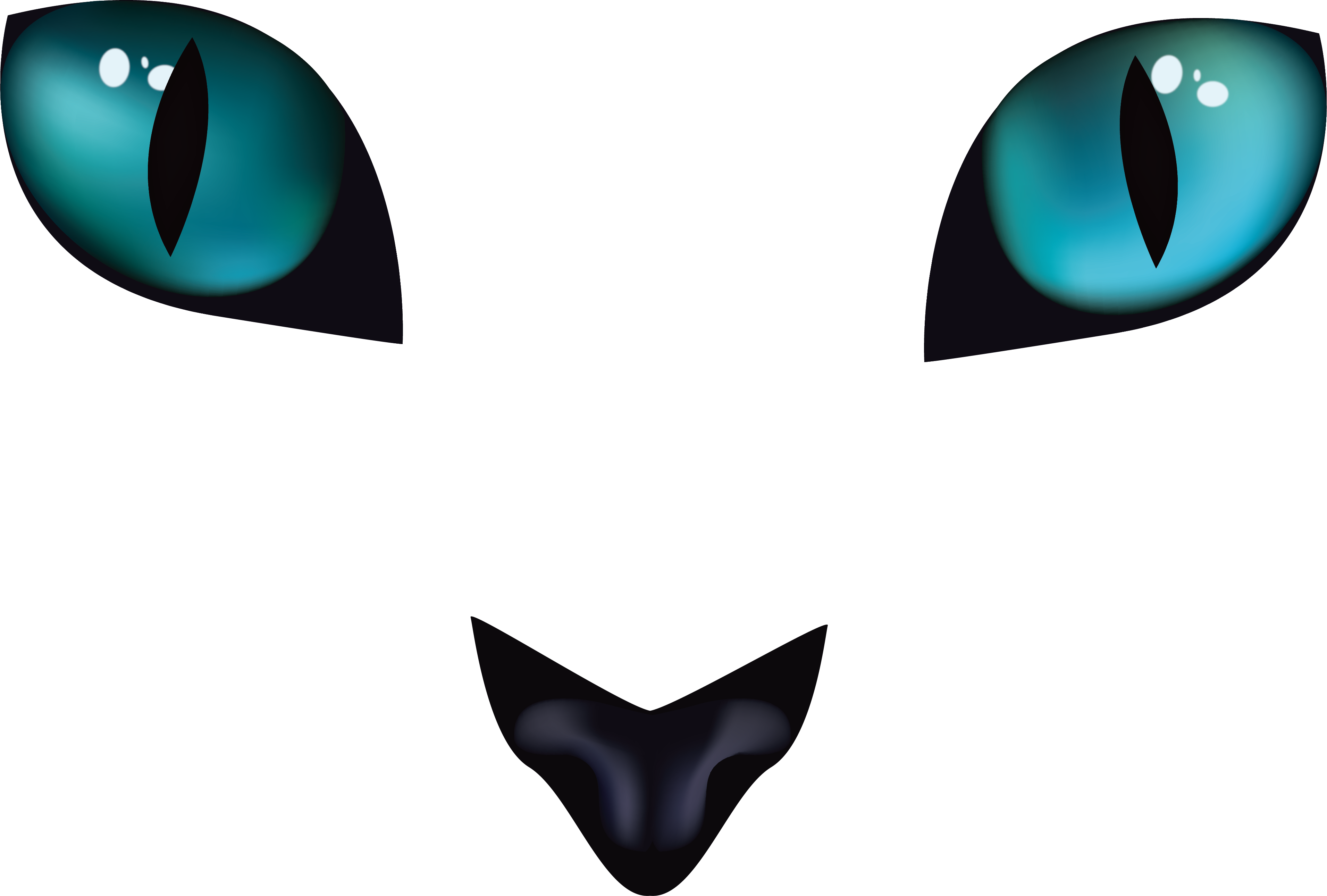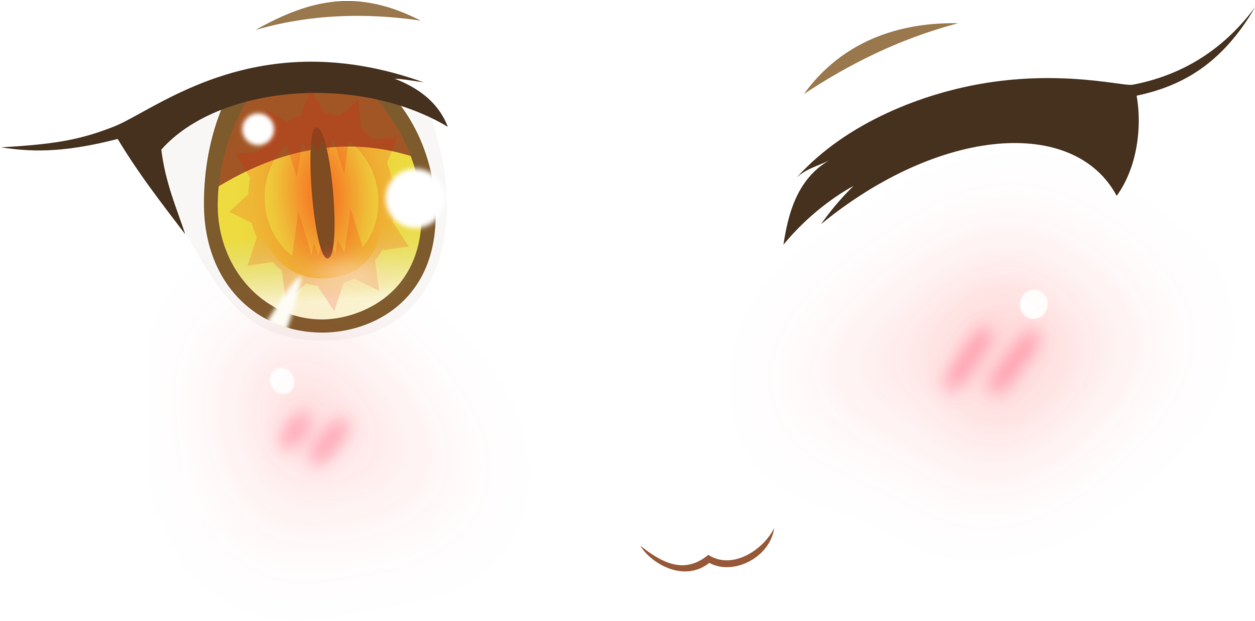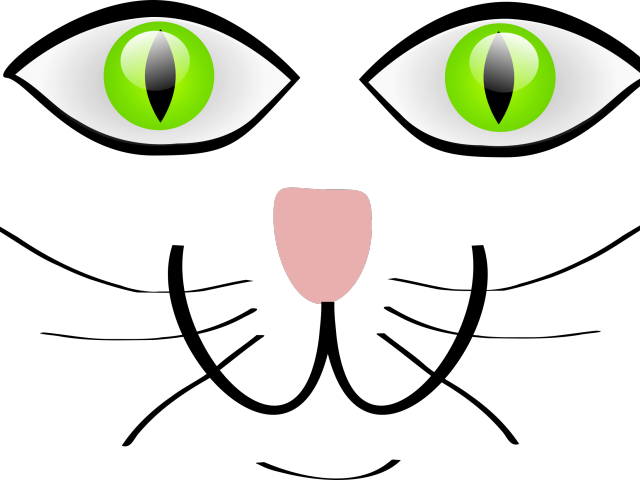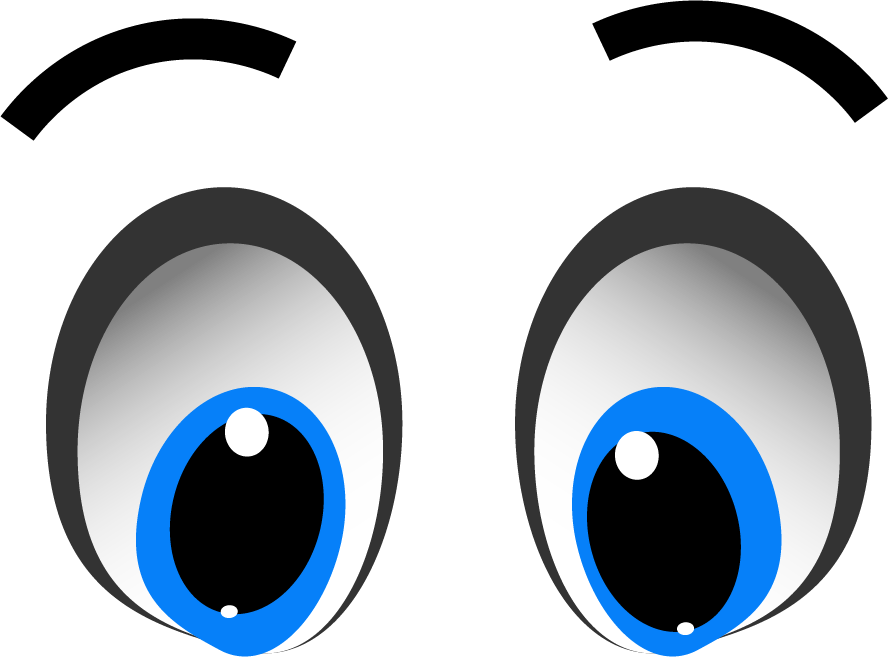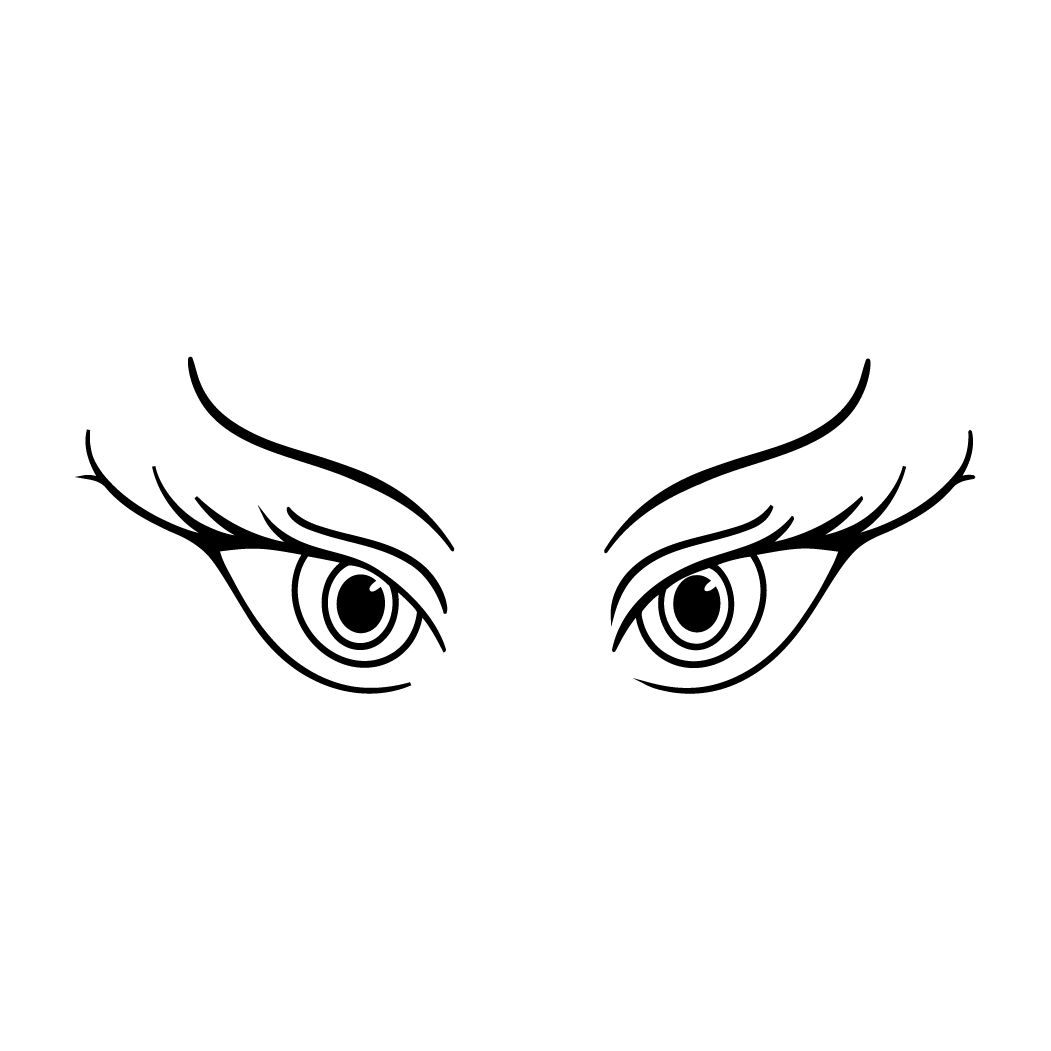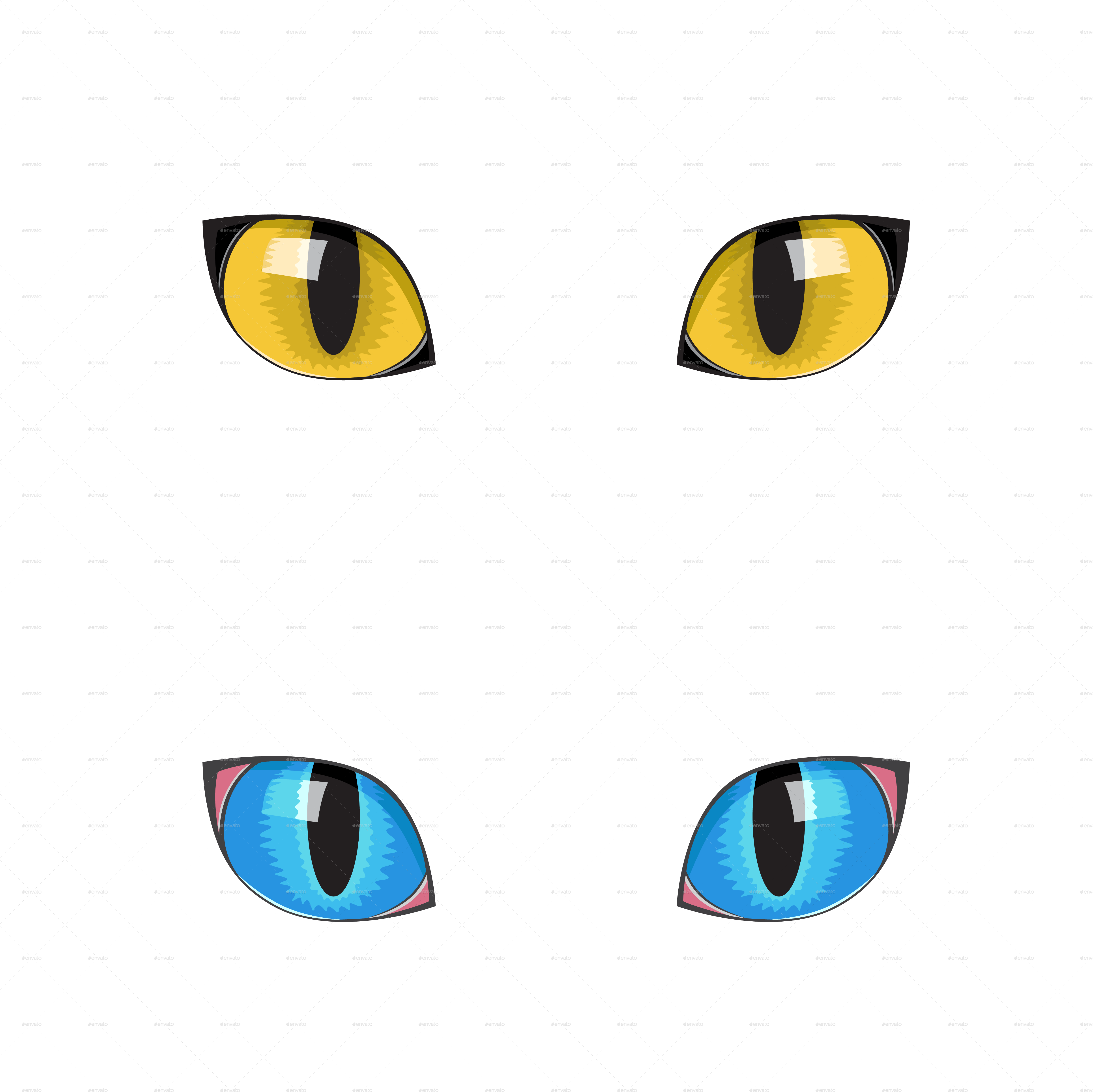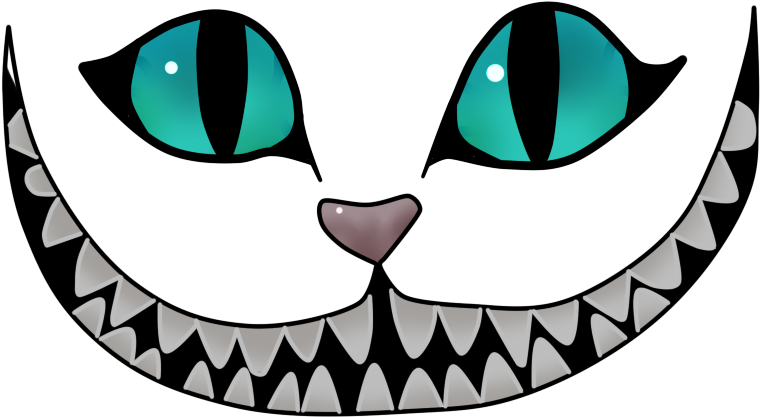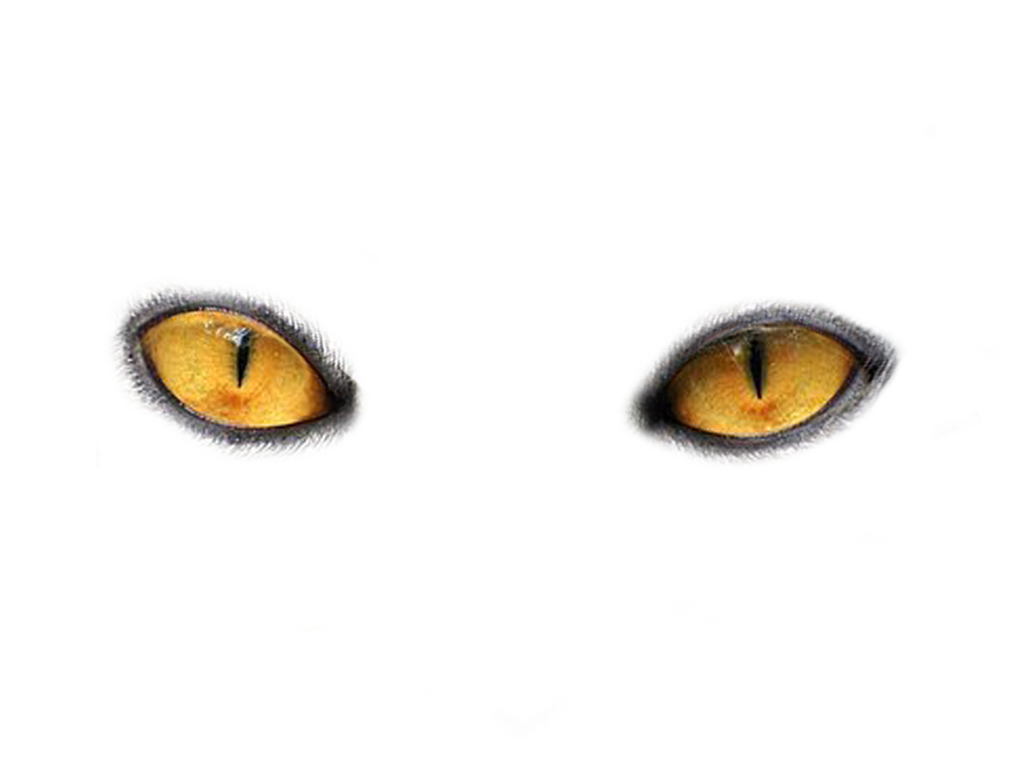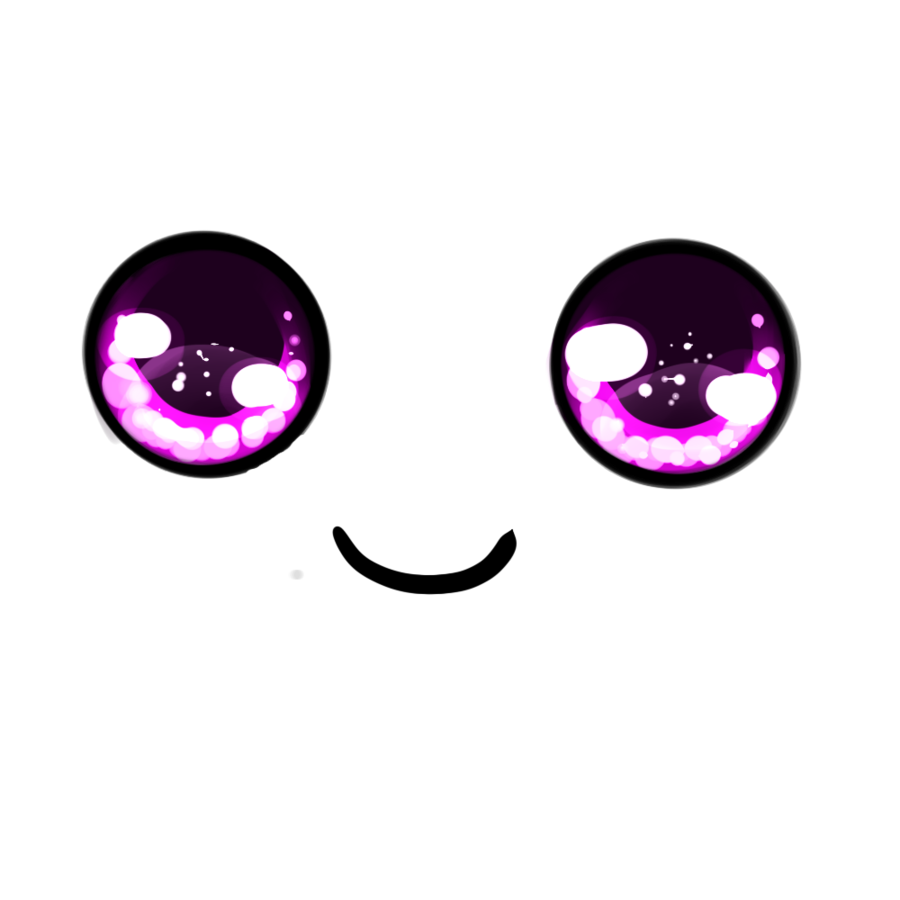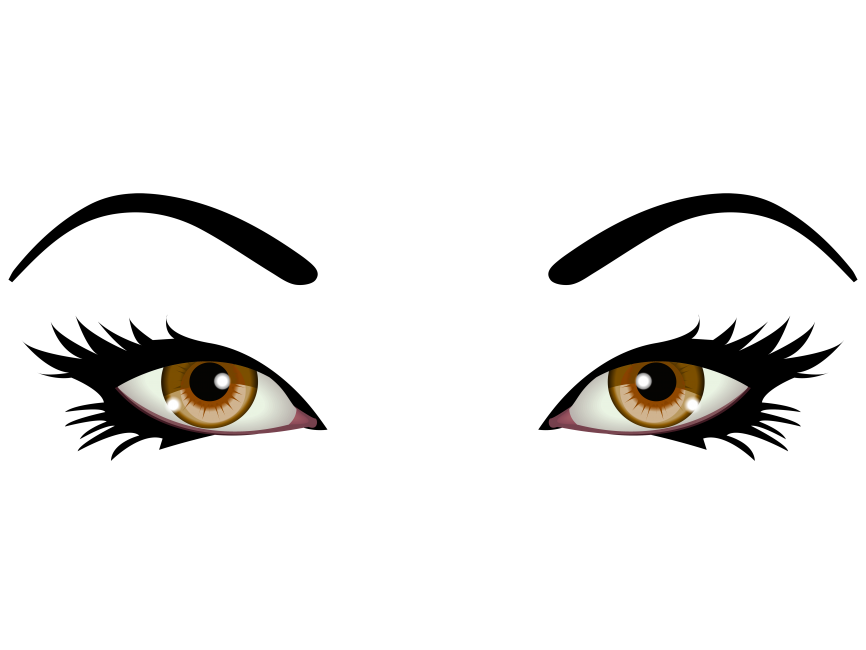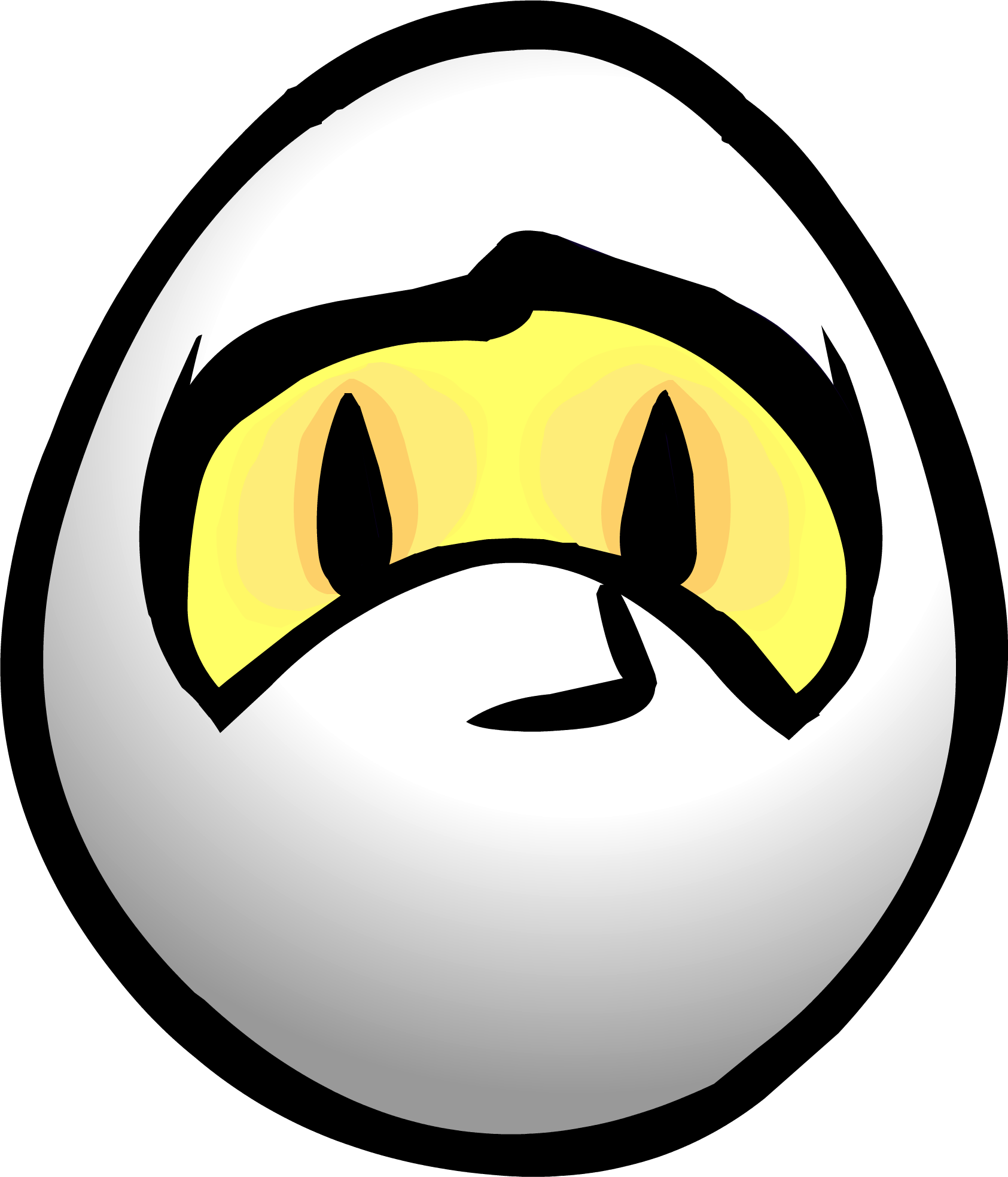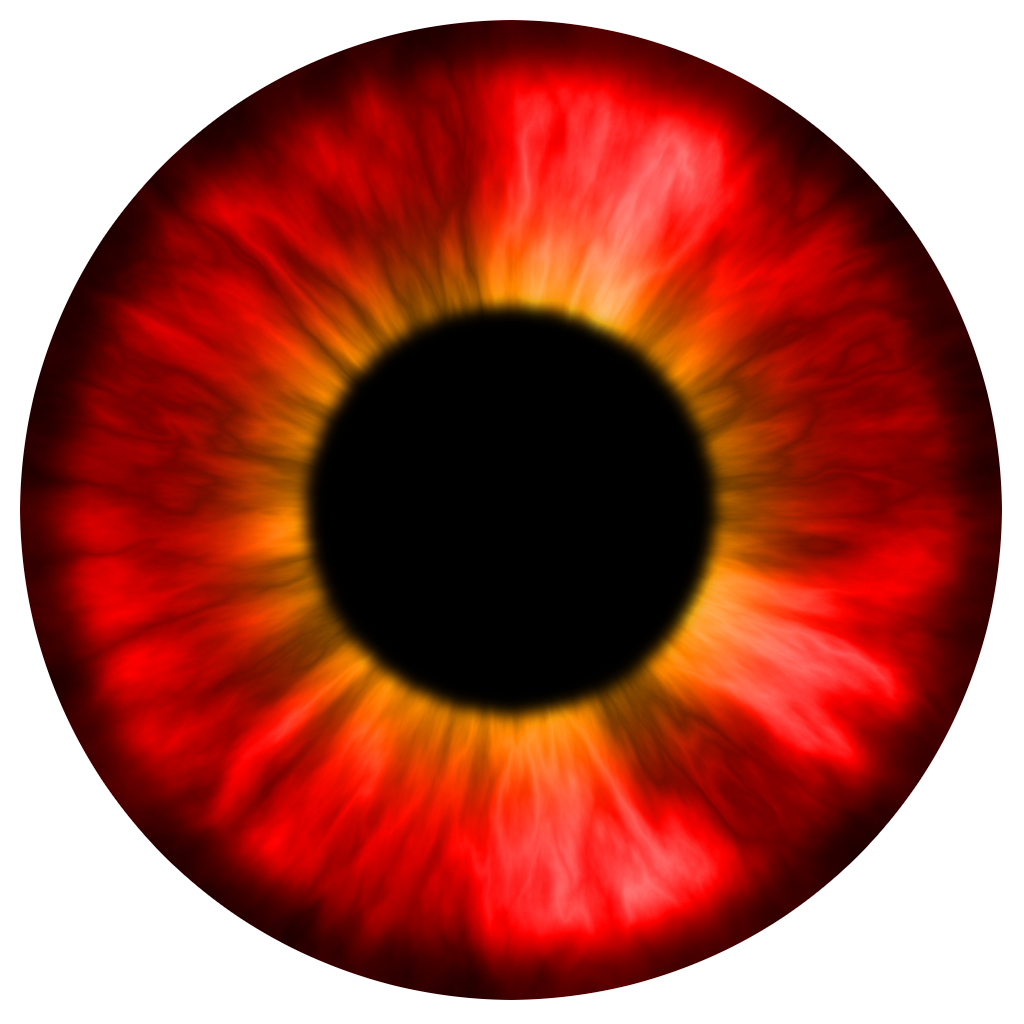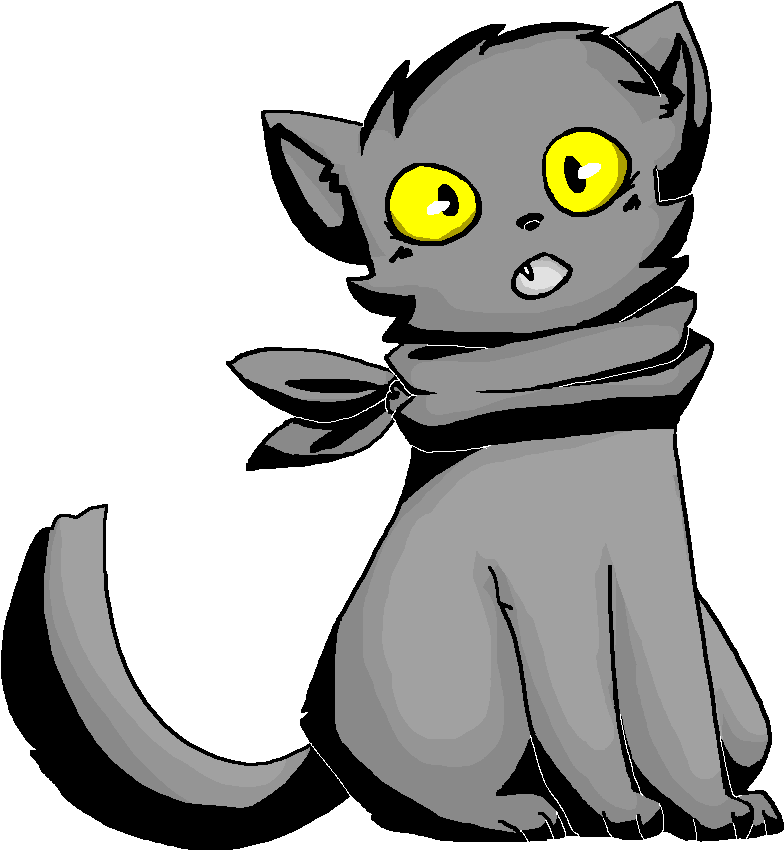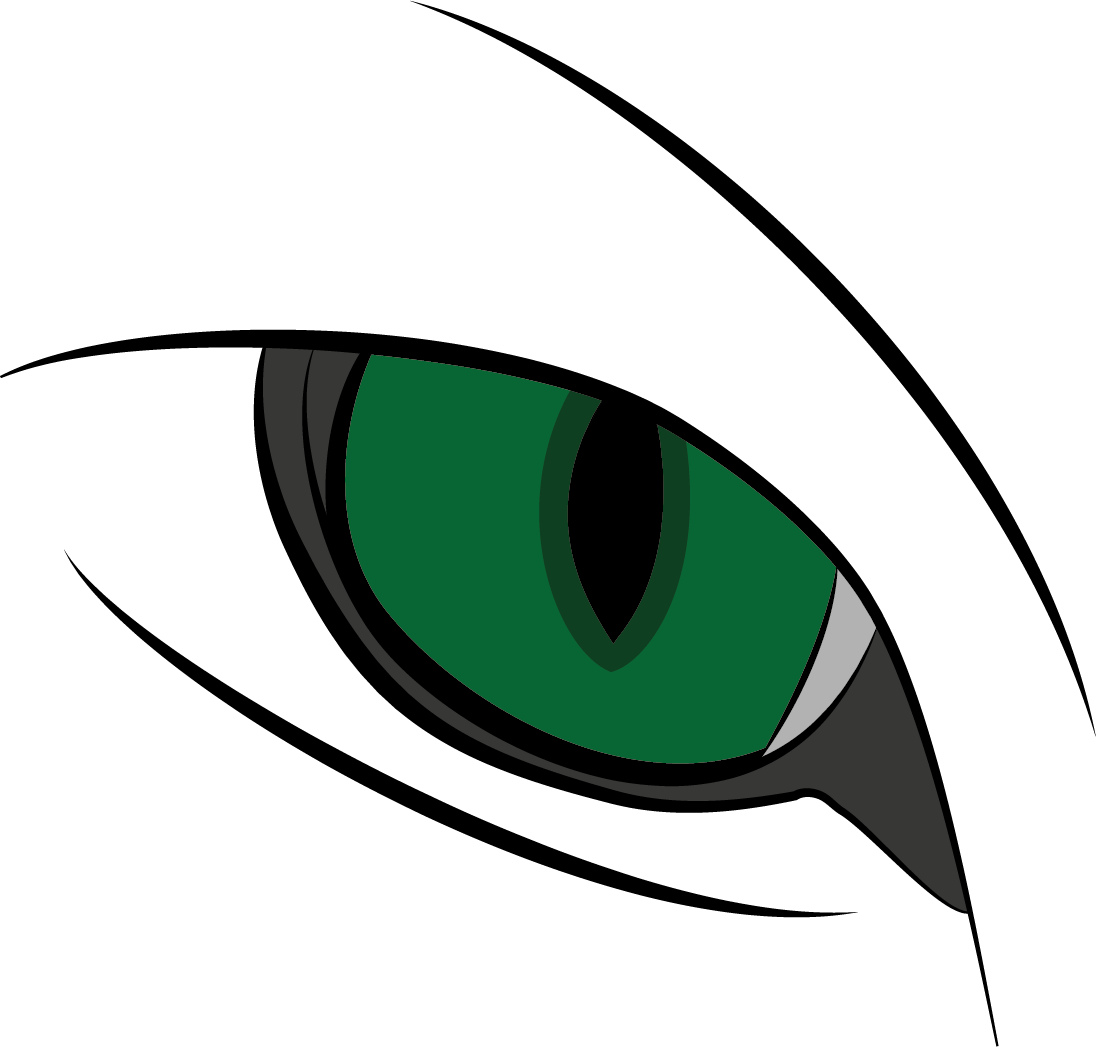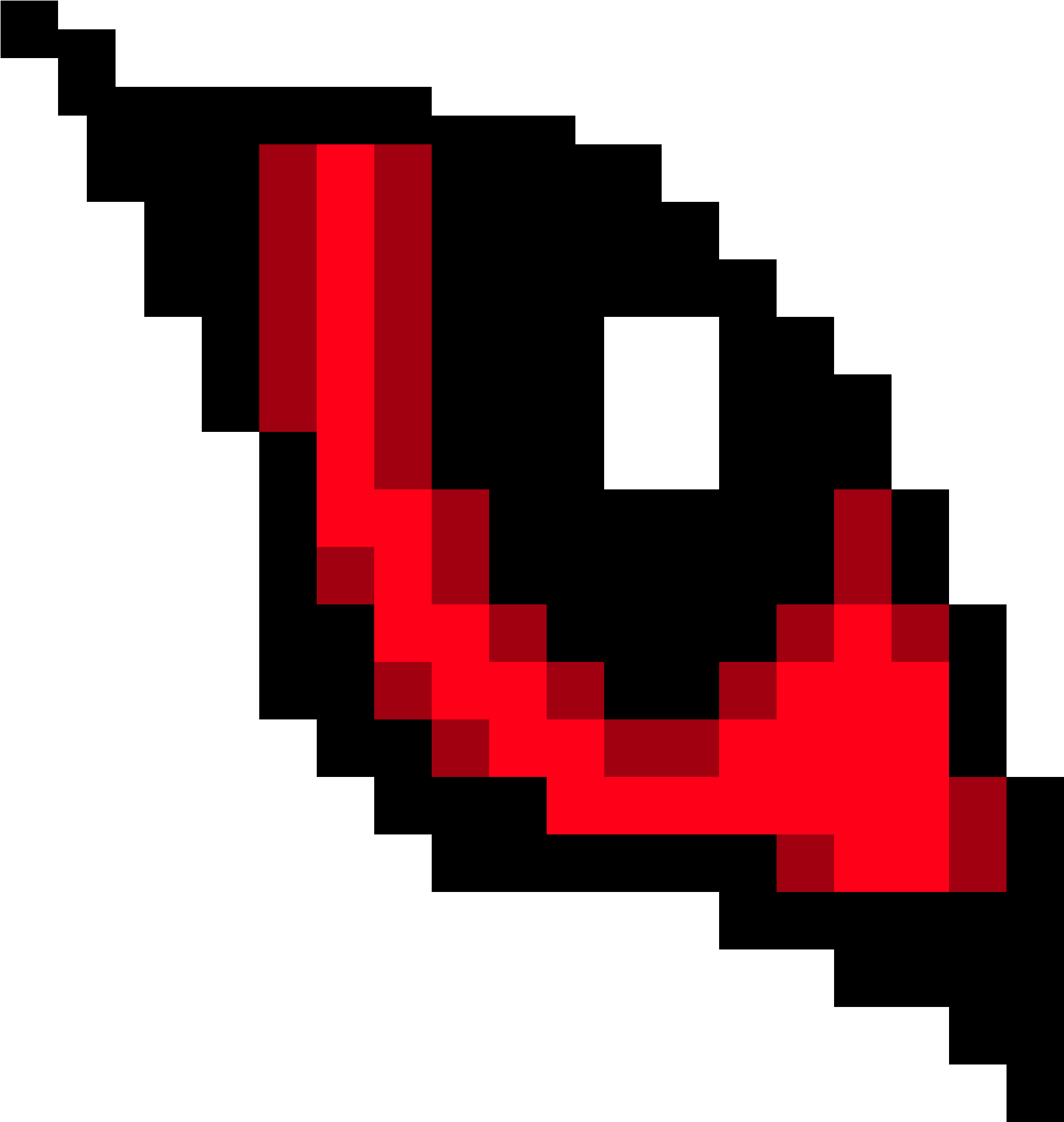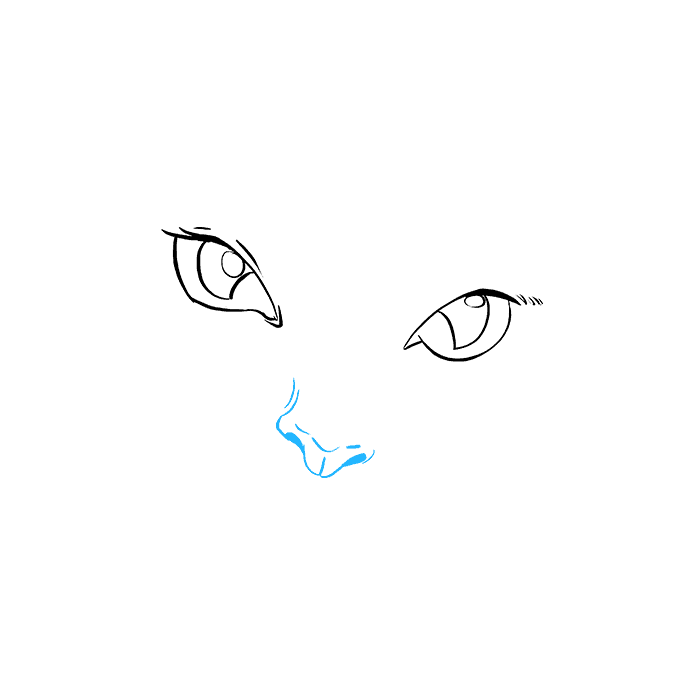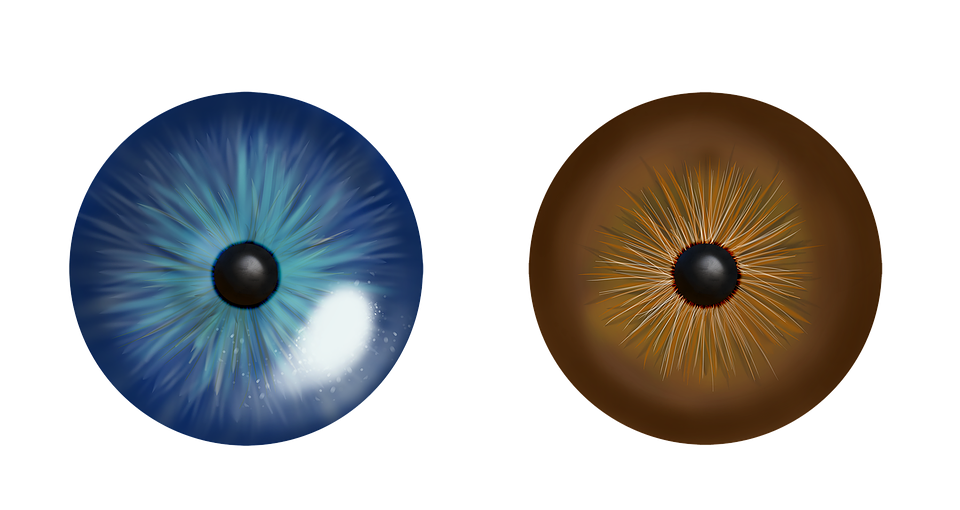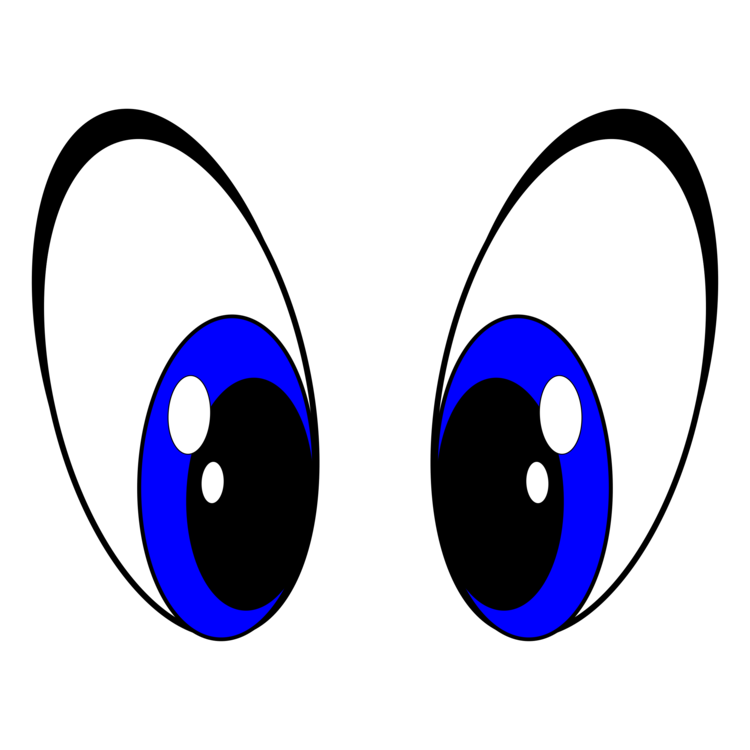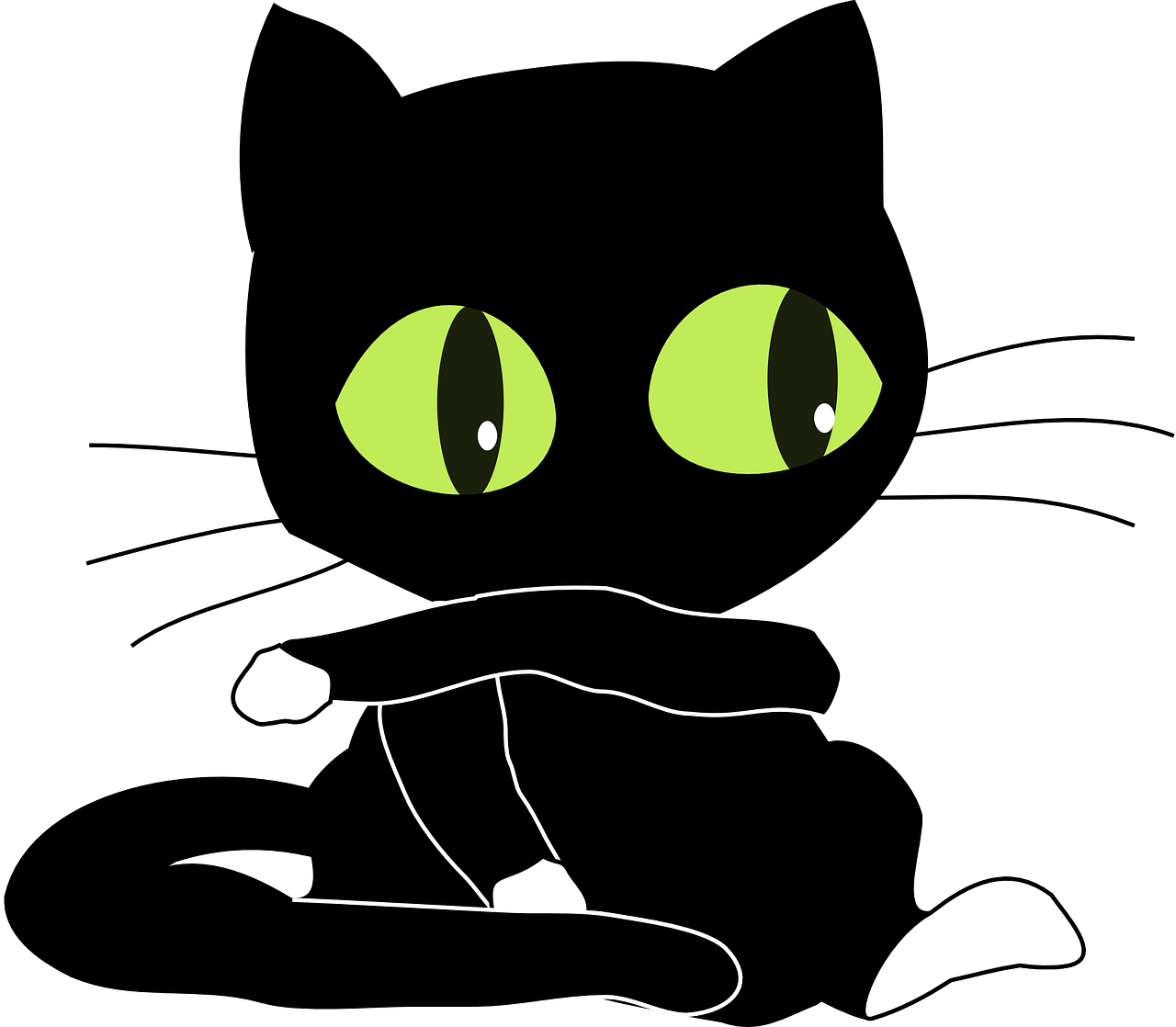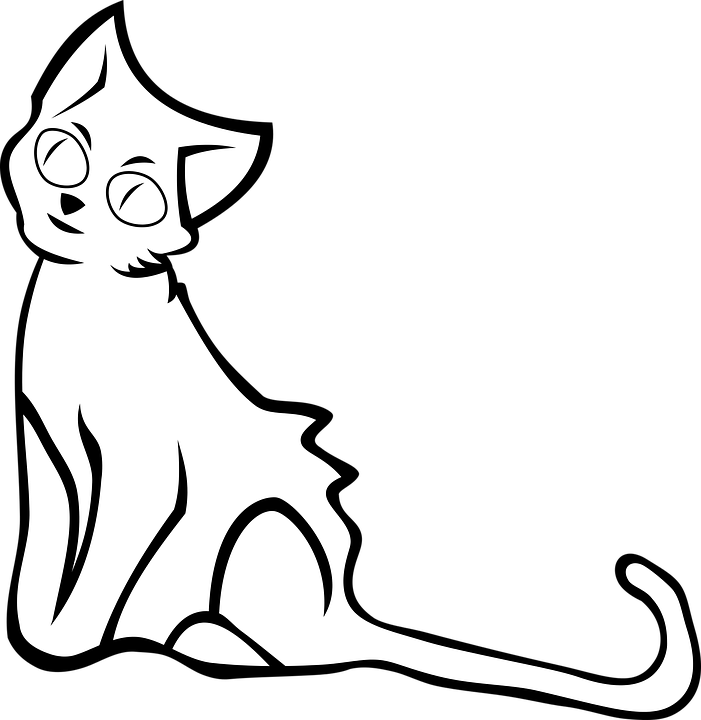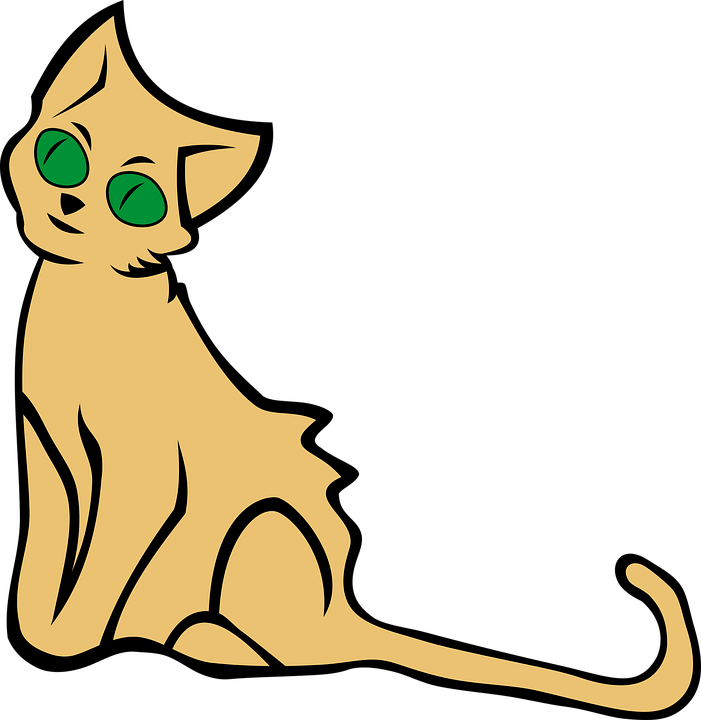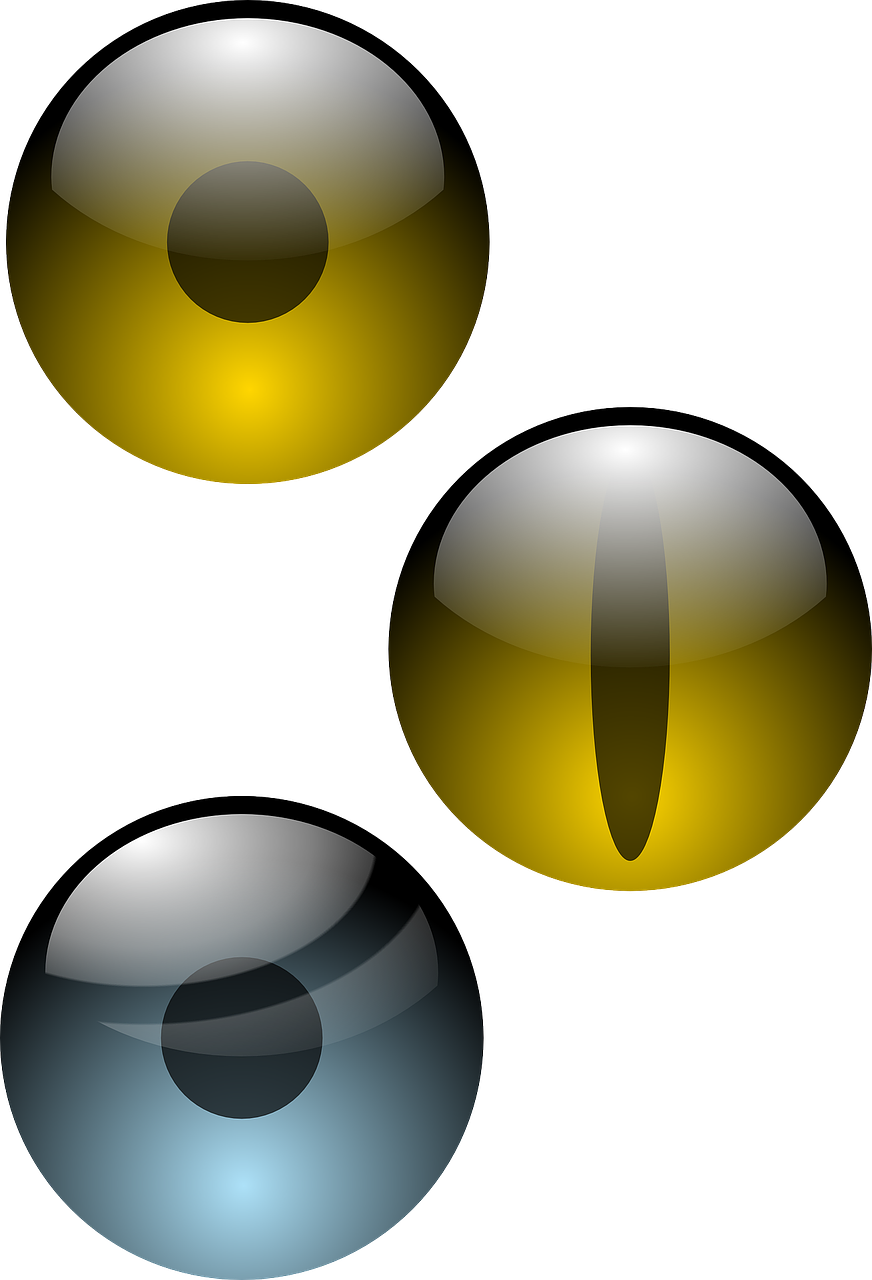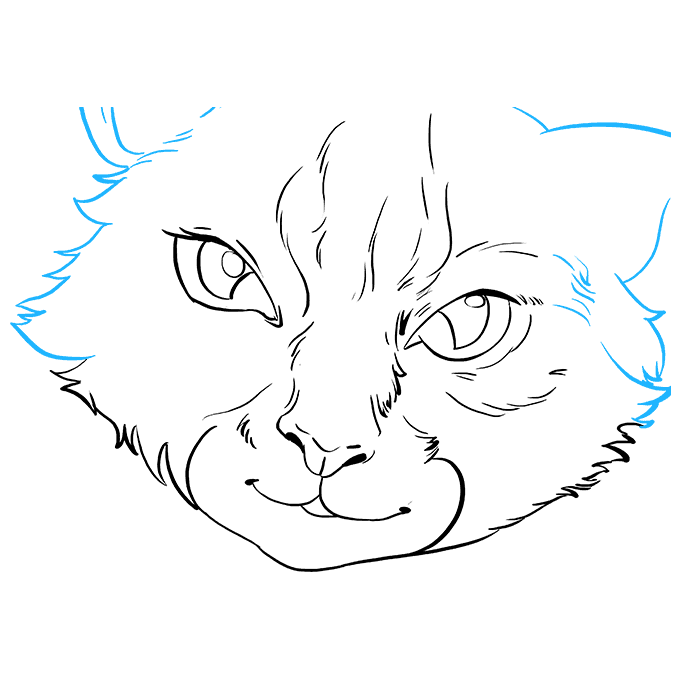Download top and best high-quality free Cat Eyes PNG Transparent Images backgrounds available in various sizes. To view the full PNG size resolution click on any of the below image thumbnail.
License Info: Creative Commons 4.0 BY-NC
A cat’s eye, also known as a road stud, is a retroreflective road marking device that was the first in a series of raised pavement marks.
The cat’s eye design was created in the United Kingdom in 1934 and is now widely used worldwide. Two pairs of retroreflectors were placed within a white rubber dome and fixed in a cast iron casing in the original design. This type indicates the road’s center, with one set of cat’s eyes facing each way. In addition to road margins and lane dividers, a single-ended version has become popular in different colors. Cat’s eyes are particularly useful in fog and are relatively resistant to snow plough damage.
The flexible rubber dome, periodically distorted by traffic, is a crucial component of the cat’s eye. As the reflectors drop below the road’s surface, a stationary rubber wiper cleans their surface (the base tends to hold water after a shower of rain, making this process even more efficient). Metal ‘kerbs’ prevent the rubber dome from collision damage while also providing tactile and auditory feedback to straying drivers.
Percy Shaw of Boothtown, Halifax, West Yorkshire, England, created cat’s eyes. He realized he had been utilizing the shiny steel rails to navigate at night after the tram lines in the adjacent suburb of Ambler Thorn were dismantled. Shaw’s inspiration for the gadget was the eyeshine reflecting from a cat’s eyes, hence the term “cat’s eye.”
He patented his idea in 1934 (patents Nos. 436,290 and 457,536) and formed Reflecting Roadstuds Limited in Halifax to manufacture the products on March 15, 1935. Their trademark is the term Catseye. Richard Hollins Murray, an accountant from Herefordshire, had created the retroreflecting lens six years prior for use in advertising signs, and they had contributed to Shaw’s concept, as Shaw recognized.
The blackouts of World War II (1939–1945) and the shuttered automobile headlights that were in use at the time proved the usefulness of Shaw’s invention and aided in their widespread adoption in the United Kingdom. After the war, they got strong support from a Ministry of Transport group chaired by James Callaghan and Sir Arthur Young. Their usage eventually expanded all across the world.
Catseye was named one of Britain’s top 10 design symbols in the BBC and Design Museum’s Great British Design Quest in 2006, with the Concorde, Mini, Supermarine Spitfire, K2 telephone box, World Wide Web, and AEC Routemaster bus.
Download Cat Eyes PNG images transparent gallery.
- Cat Eyes Background PNG Image
Resolution: 1371 × 1522
Size: 99 KB
Image Format: .png
Download
- Cat Eyes PNG Clipart
Resolution: 1000 × 438
Size: 200 KB
Image Format: .png
Download
- Cat Eyes PNG Image File
Resolution: 4956 × 4953
Size: 1806 KB
Image Format: .png
Download
- Cat Eyes Transparent Free PNG
Resolution: 871 × 361
Size: 5 KB
Image Format: .png
Download
- Cat Eyes
Resolution: 961 × 361
Size: 326 KB
Image Format: .png
Download
- Cat Eyes PNG
Resolution: 2392 × 1335
Size: 304 KB
Image Format: .png
Download
- Cat Eyes Emoji
Resolution: 2000 × 2000
Size: 147 KB
Image Format: .png
Download
- Cat Eyes Emoji PNG
Resolution: 1961 × 1817
Size: 284 KB
Image Format: .png
Download
- Cat Eyes PNG Pic
Resolution: 934 × 534
Size: 85 KB
Image Format: .png
Download
- Cat Eyes PNG File
Resolution: 3823 × 2581
Size: 884 KB
Image Format: .png
Download
- Cat Eyes PNG Image
Resolution: 1841 × 391
Size: 284 KB
Image Format: .png
Download
- Cat Eyes PNG Photo
Resolution: 1255 × 621
Size: 123 KB
Image Format: .png
Download
- Cat Eyes PNG Cutout
Resolution: 640 × 480
Size: 65 KB
Image Format: .png
Download
- Cat Eyes PNG Images
Resolution: 888 × 657
Size: 56 KB
Image Format: .png
Download
- Cat Eyes PNG Photos
Resolution: 1051 × 1051
Size: 33 KB
Image Format: .png
Download
- Cat Eyes Transparent
Resolution: 4956 × 4953
Size: 558 KB
Image Format: .png
Download
- Cat Eyes PNG Picture
Resolution: 760 × 417
Size: 118 KB
Image Format: .png
Download
- Cat Eyes PNG HD Image
Resolution: 1024 × 768
Size: 383 KB
Image Format: .png
Download
- Cat Eyes PNG Image HD
Resolution: 900 × 900
Size: 99 KB
Image Format: .png
Download
- Cat Eyes Emoji PNG Pic
Resolution: 1973 × 1556
Size: 79 KB
Image Format: .png
Download
- Cat Eyes No Background
Resolution: 866 × 650
Size: 52 KB
Image Format: .png
Download
- Cat Eyes PNG Images HD
Resolution: 1685 × 1967
Size: 303 KB
Image Format: .png
Download
- Cat Eyes PNG Free Image
Resolution: 1024 × 1024
Size: 596 KB
Image Format: .png
Download
- Cat Eyes Emoji PNG File
Resolution: 641 × 560
Size: 205 KB
Image Format: .png
Download
- Cat Eyes Background PNG
Resolution: 784 × 850
Size: 19 KB
Image Format: .png
Download
- Cat Eyes Emoji PNG Image
Resolution: 2048 × 2048
Size: 132 KB
Image Format: .png
Download
- Cat Eyes PNG Background
Resolution: 1920 × 507
Size: 75 KB
Image Format: .png
Download
- Cat Eyes Emoji PNG Photo
Resolution: 1920 × 1920
Size: 23 KB
Image Format: .png
Download
- Cat Eyes PNG HD Quality
Resolution: 1096 × 1047
Size: 52 KB
Image Format: .png
Download
- Cat Eyes PNG Photo Image
Resolution: 1851 × 1951
Size: 34 KB
Image Format: .png
Download
- Cat Eyes Transparent PNG
Resolution: 680 × 678
Size: 4 KB
Image Format: .png
Download
- Cat Eyes Transparent File
Resolution: 960 × 510
Size: 325 KB
Image Format: .png
Download
- Cat Eyes PNG Free Download
Resolution: 750 × 750
Size: 46 KB
Image Format: .png
Download
- Cat Eyes Download Free PNG
Resolution: 1280 × 1118
Size: 140 KB
Image Format: .png
Download
- Cat Eyes PNG HD Background
Resolution: 701 × 720
Size: 49 KB
Image Format: .png
Download
- Cat Eyes Transparent Image
Resolution: 701 × 720
Size: 106 KB
Image Format: .png
Download
- Cat Eyes PNG Download Image
Resolution: 872 × 1280
Size: 357 KB
Image Format: .png
Download
- Cat Eyes PNG Pic Background
Resolution: 680 × 678
Size: 18 KB
Image Format: .png
Download
- Cat Eyes Transparent Images
Resolution: 1280 × 640
Size: 117 KB
Image Format: .png
Download
